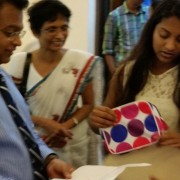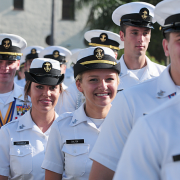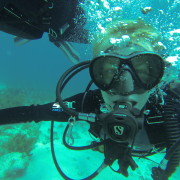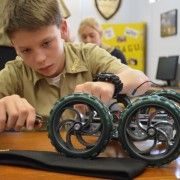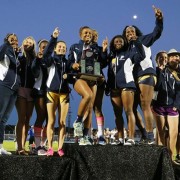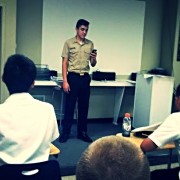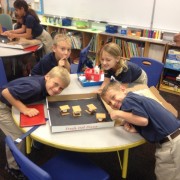Steven Mikell – Setting the stage for students to cast the lines

A little over a year ago, the U.S. Navy celebrated six decades of a nuclear navy with the 60th anniversary of the USS Nautilus, the world’s first nuclear-powered submarine. The creation of such a vehicle – a byproduct of the Submarine Thermal Reactor Mark I nuclear experimental facility in southern Idaho under the guidance of Admiral Hyman G. Rickover – was a test of courage, will, judgment and resourcefulness and more so, a win over man’s constant battle with nature Steven Mikell.
As Commander E.E. Kintner explains in his account, “Admiral Rickover’s Gamble,” published in the 1959 edition of The Atlantic, “A nuclear submarine, not requiring air for combustion of fuel in its engines, would be able to divorce itself from the earth’s atmosphere and thus would be a true submarine rather than a surface ship which could submerge only for short periods. It would be an “underwater satellite.”
Today, the Navy has a fleet of approximately 272 active duty ships; within that fleet, all of the submarines and aircraft carriers are nuclear-powered. The Naval Nuclear Propulsion Program, which is one of the most difficult programs in the Navy to enter, provides effective prep school technology to nuclear powered vessels that comprise about 40 percent of the U.S. Navy’s combatant fleet.
Stephen Mikell, who teaches honors and advanced placement physics at Farragut, spent two years in the Navy Propulsion Program as a nuclear reactor operator on a couple different submarines. His experience working in this elite program translates well in the classroom.
“When I start up a new physics class (August beginning of the school year), it does remind me of starting up the reactor getting ready to go to sea,” said Steven Mikell.
Steven Mikell, who graduated from Regents College in New York with a degree in nuclear technology while on active duty service with the US Navy, uses his experience in the industry to help students understand concepts better within the classroom so they can translate them into real world knowledge.
“The language of physics — and emphasis — is units. Learning what a unit describes and how to convert between units is key to understanding all concepts. It must be done before entering into the first topic, motion in one dimension. The student’s mind must be put into a physics thinking frame. It is much similar to pulling the control rods and bring the reactor to life, or how we called making the reactor critical. ”
There’s the concept of “motion in one dimension” in which “a train goes from point A to B and you add acceleration, gravity, and another train.” There’s “motion in two dimensions which is projectile motion,” which involves the concept of firing cannonballs at particular angles, initial velocities, off of a cliff or on level ground.
Mr. Steven Mikell course load over the first semester finishes with covering vectors and the basis of all mechanical interactions, Newton’s Laws of Motion and finally, force and acceleration and the last new unit for months, mass (kilograms).
“At this point, the students have three out of four units that describe how matter and energy interact, which is the definition of physics,” Mr. Mikell said. “The basis of physics happens in the first few weeks much akin to the submarine’s mission is to the reactor startup. At this point, the students are ready to learn the rest, or cast off lines, leave the pier and go to sea.”

